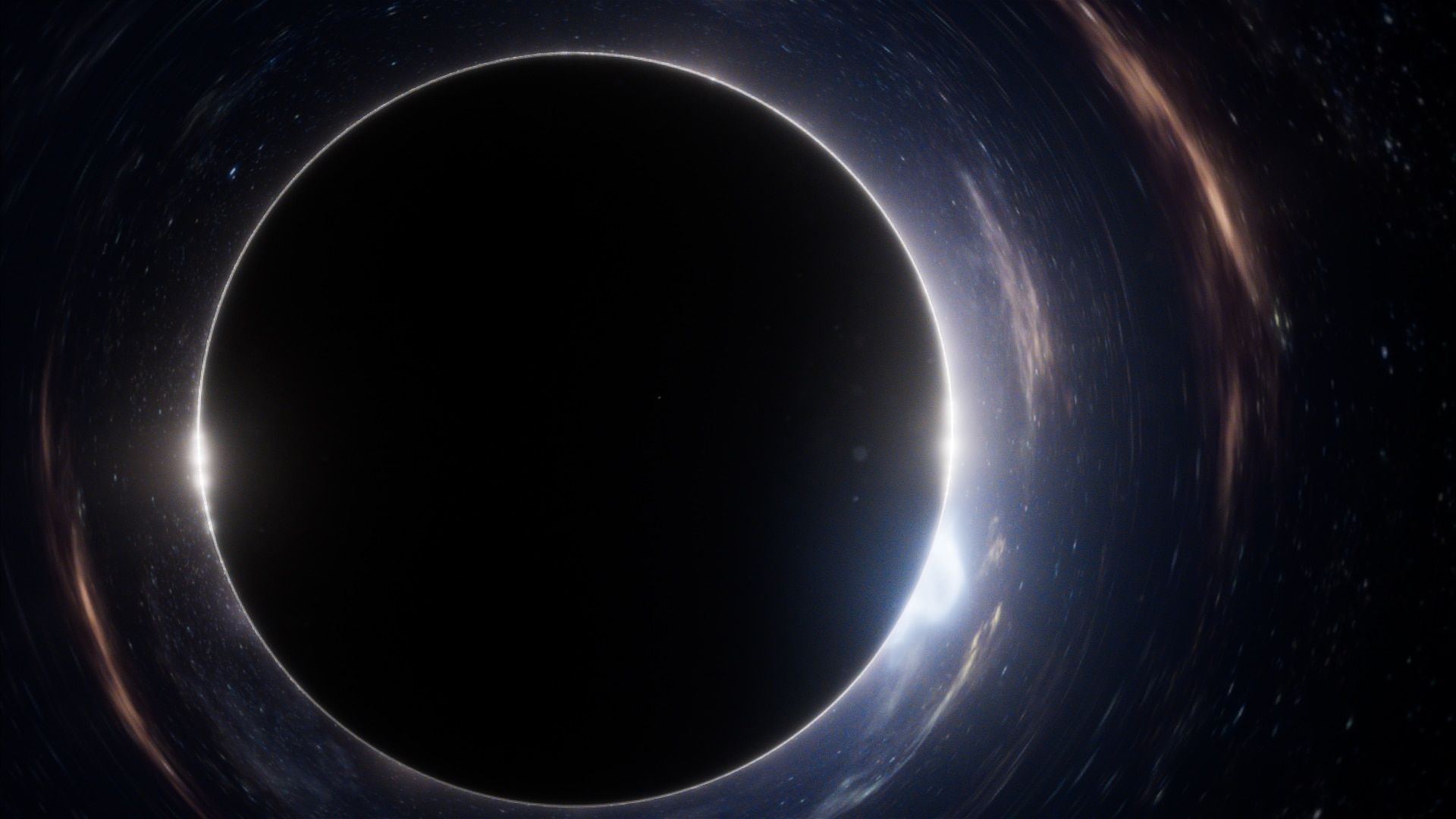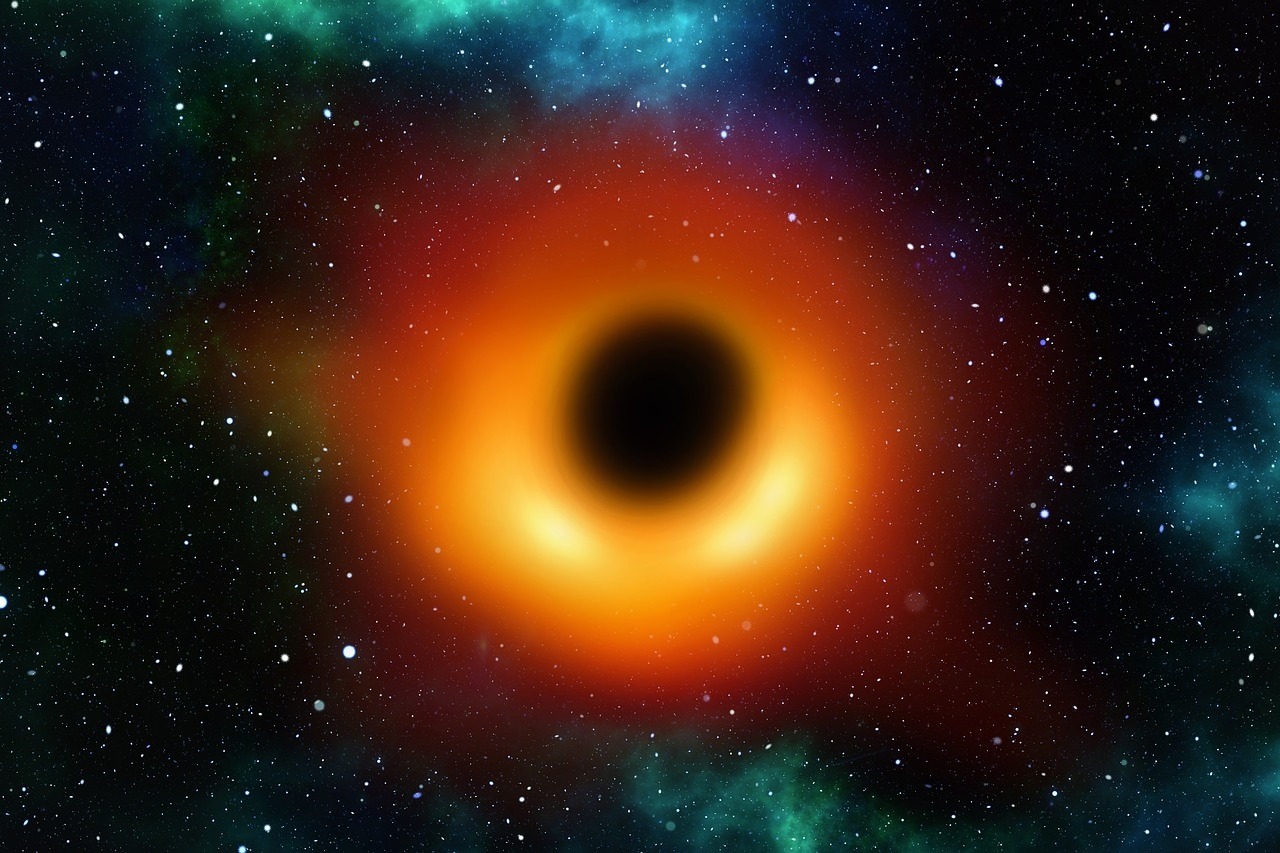In the Universe, rotation is a very common phenomenon. Galaxies, stars, planets, asteroids — everything we can imagine rotates around its axes. This seemingly unchangeable characteristic of nature concerns even black holes. But not everything is so simple.

Every material object in the Universe has its own maximum rate of rotation. It not only determines how fast an object can move, but also affects its structure and physical properties. For example, due to the high and stable rate of rotation, pulsars are a kind of space beacons that have become a convenient tool for navigation. But things get especially interesting when it comes to the rotation of black holes.
Maximum rate of rotation
Let’s try to figure this out using the example of our planet. Gravity pulls us to its center, but the very rotation of the Earth tends to “throw” us away from it, creating a so-called centrifugal force. This force is very weak, but even it affects our weight, which is slightly less at the equator than at the poles, and this difference is only 0.3%.
But let’s compare it to Saturn. A day lasts only 10 hours on this gas giant, so the difference in gravity between its equator and the pole is an incredible 19%. It literally shrinks from the poles due to its high rate of rotation.
What if there was a planet rotating so fast that the difference in gravity at the equator and the pole would be 100%? In this case, gravity and centrifugal force would be equalized, and such a planet would literally be torn to pieces.
Rotation of black holes
This concept of the maximum rate of rotation is important when it comes to black holes. They differ from ordinary objects because they do not have a physical surface, but they still have their maximum rate of rotation. Black holes are characterized by gigantic gravity, which bends space and time around them. The event horizon defines the point of no return for everything that crosses it, but it is not a physical surface.
The rotation of a black hole is caused not by the movement of its physical mass but by the curvature of spacetime around it. Even when objects like the Earth rotate, they only slightly bend it — this is known as the frame-dragging effect. The rotation of black holes is measured by a quantity a, which can vary from 0 to 1 in the equations of Einstein’s General Theory of Relativity. If the black hole does not rotate, then a = 0, otherwise it can reach values close to unity.
Speed measurement
Recently, a study was conducted on the rotation of a supermassive black hole in our Galaxy. Scientists analyzed observations in the X-ray and radio bands for this purpose.

Due to the curvature of spacetime in the immediate vicinity of a black hole, the emission spectra of objects located near it change. By analyzing the intensity of light at different wavelengths, the team of scientists found that the value of a for the black hole Sagittarius A* lies in the range from 0.84 to 0.96. This indicates that it rotates incredibly fast, approaching the maximum possible physical rate of rotation.
This value even exceeds the spin parameter of the black hole M87*, for which a is estimated in the range between 0.89 and 0.91. Such research helps to reveal the nature and properties of black holes, which remain one of the biggest mysteries of the Universe.
Read also about what black holes are and how they arise.
According to sciencealert.com
Follow us on Twitter to get the most interesting space news in time
https://twitter.com/ust_magazine


